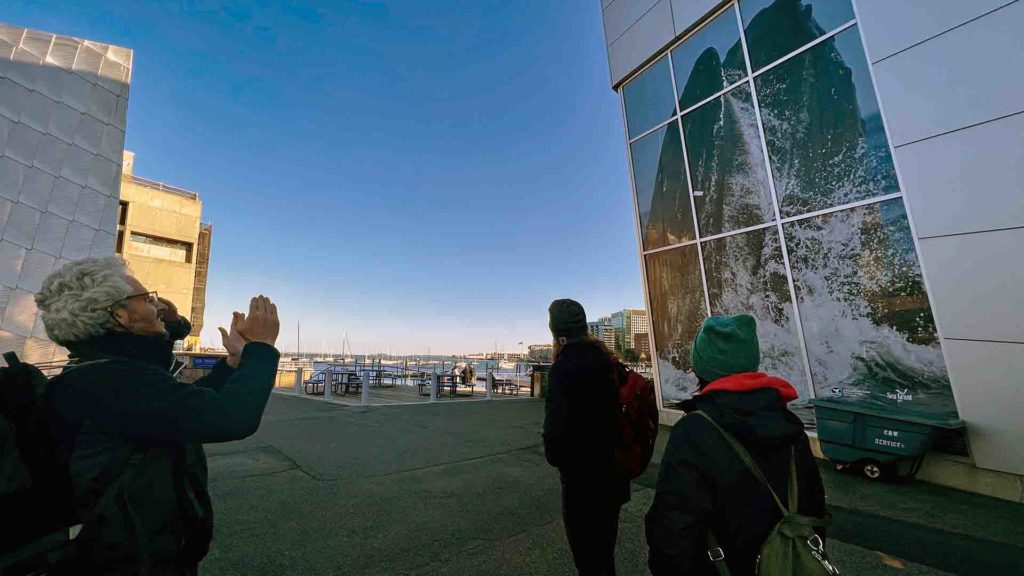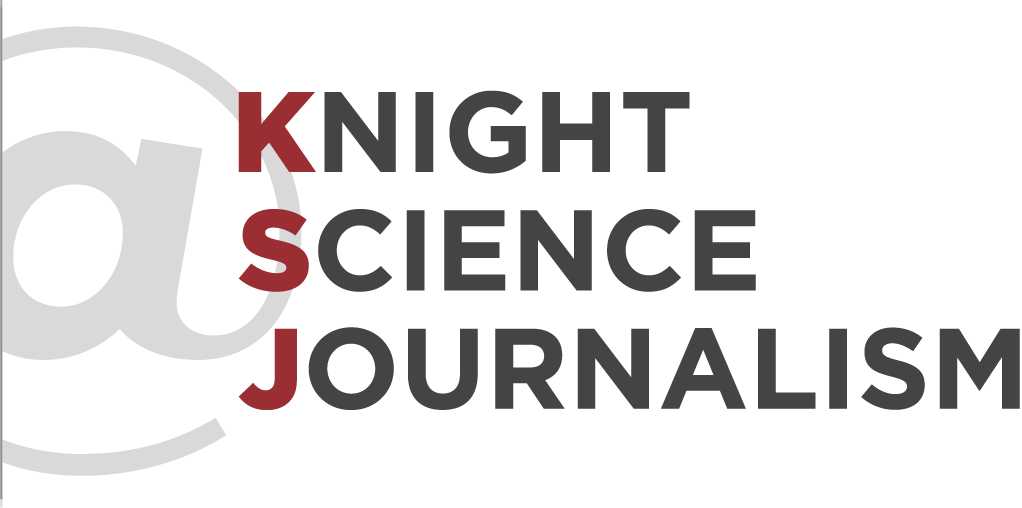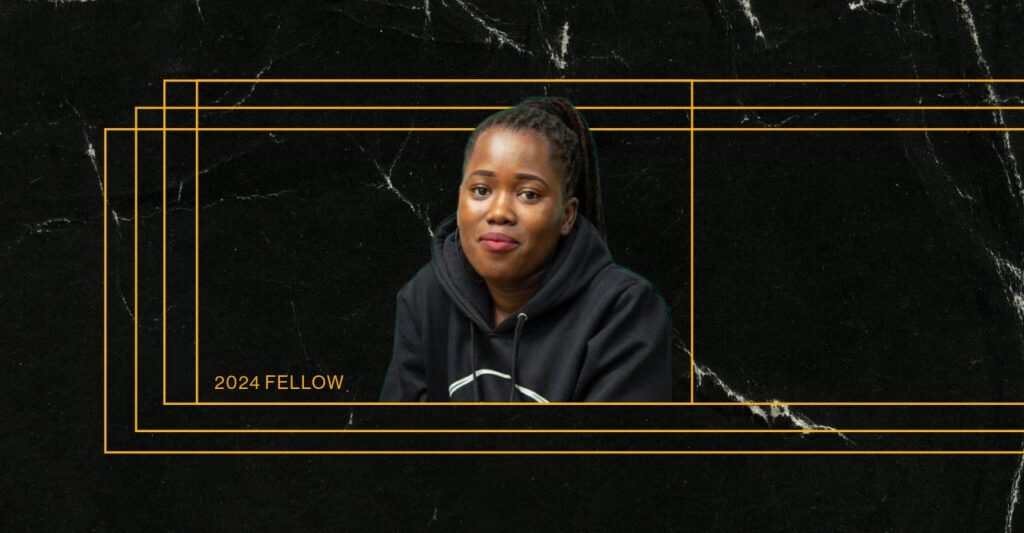Blue sharks, dolphins, coral reefs. Keith Ellenbogen, an acclaimed underwater photographer who seeks to inspire wonder of the natural world with his mesmerizing shots of sea life, has snapped them all. In his latest public art exhibition, Space to Sea— A Photographic Journey into Stellwagen Bank National Marine Sanctuary, Ellenbogen turns his camera to the lively marine ecosystem living just off the coast of New England.
Last month, Ellenbogen gave Knight Science Journalism Fellows a guided tour of the new exhibit, which spans a stretch of boardwalk outside the New England Aquarium in Boston. His photos bring to life the hidden world of the Stellwagen Bank National Marine Sanctuary, an 842-square-mile underwater jewel at the mouth of Massachusetts Bay. “There’s always been an absence of imagery locally about New England in the Boston area,” Ellenbogen told the gaggle of fellows who’d gathered around him on the boardwalk. What many people don’t know, he said, is that the biodiversity in Stellwagen Bank sanctuary rivals that of picturesque tropical ecosystems in places like Hawai’i or the Caribbean islands.
Researchers have documented almost 600 species residing in the sanctuary — some as permanent residents, some as migratory visitors. It is New England’s only national marine sanctuary and a popular waystation for humpback whales. The area’s unique underwater topography and current patterns bring in nutrient-rich waters filled with plankton, the base of the ecosystem’s food chain.
The fellows’ tour of the exhibit began outside the Simons Theater, where a three-story-tall photo shows a humpback whale breaching the surface, white water droplets surrounding it as if it were wearing a cowl made of crystals. Over four years, Ellenbogen dove into Massachusetts’s waters to capture these and other scenes that capture the beauty and drama of Stellwagen Bank’s ocean life. Elsewhere in the exhibit, there are images of gulls, ocean sunfish, and lobsters at various life-stages — from larva to adulthood.

And then there are the plankton — a rainbow of different species that Ellenbogen and researchers at the MIT Sea Grant Lab photographed in the lab, under glass slides. To get rich detail in each image, the team used photomicrographic techniques, Ellenbogen explained. Although rarely seen, plankton accounts for 50 to 80 percent of the planet’s oxygen.
Further down the boardwalk, the fellows encountered a Pantone pallet of colors showing the everchanging concentrations of microscopic plankton in the sea. Ellenbogen and his colleagues made the images by processing raw data from NASA’s Landsat 8 satellites, which can use spectral techniques to track plankton concentrations over large areas of the ocean. Working with MIT Sea Grant researchers, Ellenbogen assigned vibrant color codes to different concentrations. The result was a visually arresting series of images that show how plankton concentrations in the Boston harbor changed between 2018 and 2021. In total, Ellenbogen said, 12 MIT students worked with him to craft the images.
Ellenbogen isn’t formally trained as a scientist, but through his collaborations with scientists, he has come to embrace — and excel at — the elements of science communication and environmental storytelling. He says that underwater photography is one of the strongest ways to communicate the importance of biodiversity visually and can be a tool to emphasize and bring attention to science writing. Explains Ellenbogen, “While most people can’t get underwater to go diving, the photography can really help communicate those kinds of stories.”
The “Space to Sea” exhibit is a collaboration between Ellenbogen, MIT Sea Grant, the National Marine Sanctuary Foundation, the National Oceanic and Atmospheric Administration, and the Stellwagen Bank National Marine Sanctuary, and will be on display until next spring in commemoration of the sanctuary’s 30th anniversary. Ellenbogen is a Visiting Artist at MIT Sea Grant.





Leave a Reply